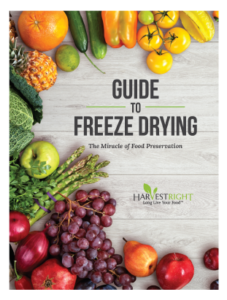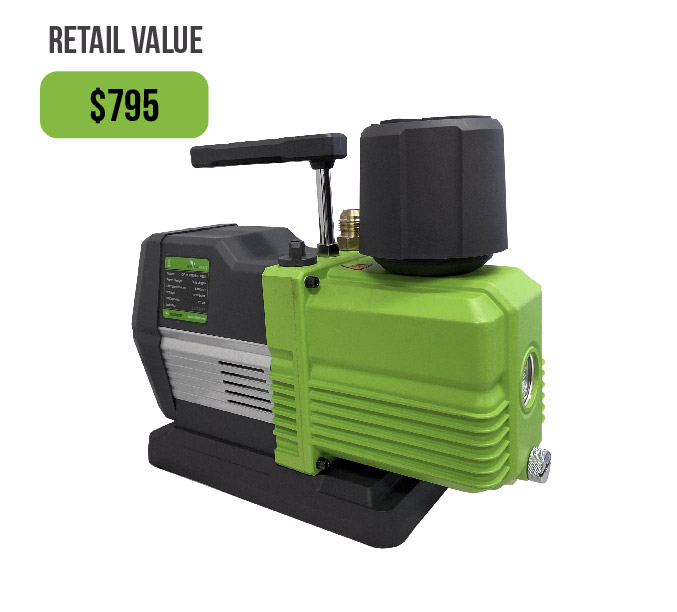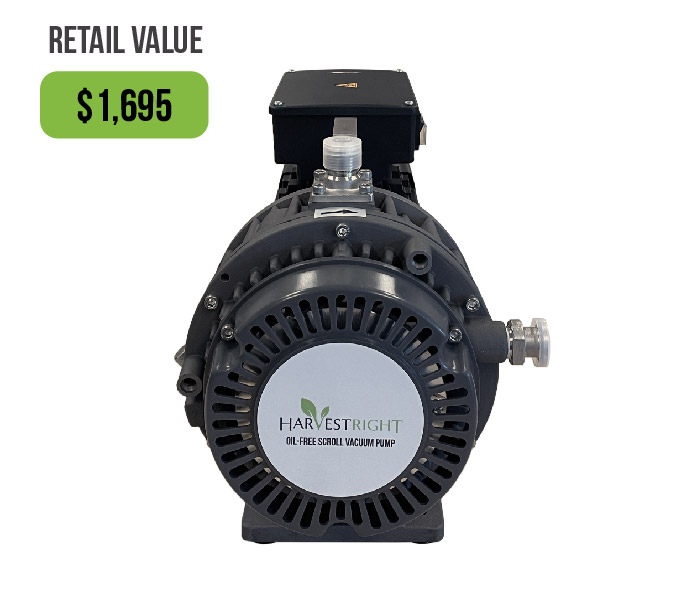For the last few years there have been regular events and news headlines that cause us to wonder if life as we know it is all that stable. We watched as the seemingly impossible unfolded on 9/11, then again with Hurricane Katrina and again with Hurricane Sandy. These are examples of how, in very short order, events and forces can overwhelmed our well-organized national services. Some of the most recent foreign affairs tensions may have some people scratching their heads again.
Whatever the answer is, we do know one thing for sure: We only have to look back on history to see that massive disasters can take many kinds of forms and they seem to be cyclical. It wasn’t too many years ago that war and recession caused gas, food and material rationing. Look back further and you’ll see a fairly consistent cycle of supply disruptions caused by war, conflict, recessions and epidemics or pandemics. While it may sound depressing, it’s really just a fact of life. There are times of plenty, and there are times of scarcity. For that reason, it’s a good idea to keep a food safety net that allows you to maintain a good standard of living even in lean times. It’s the same concept behind having an emergency cash fund.
Building a nutritional safety net takes a little forethought. What kind of food should you store? Where will you store it? How much will you need? Here are some tips:
- Store food that you and your family like, and food that your kids will eat. An emergency is not the time to introduce new culinary adventures to young children or picky eaters.
- Emergency food storage can be creative if you don’t have a dedicated space in your kitchen. Just be sure your stash is protected from abnormal temperatures and critters.
- Every household should have at least two weeks of stored food. After hearing first-hand accounts of supply shortages during Katrina and Sandy, we suggest that you store at least a month or more.
There are many strategies for building your emergency food storage plan. You can used canned food, but the quality and variety of your meals will suffer. You’ll also end up with a lot more sodium and other additives than you want. Storing canned food also means keeping a careful rotation schedule so you aren’t stuck with expired cans when you need them.
If, however, you freeze dry your own food, you’ll end up with a supply of your favorite meals that contain only the ingredients you want. The beauty of this strategy is it allows you to take advantage of the abundance of the harvest cycle. When food is in season and inexpensive, you can buy more than you need and preserve the rest for your emergency meal stash. Or, double your recipes for awhile until you’ve preserved enough extra meals to see your family through an emergency. Freeze dried food can last up to 25 years, so you don’t have to constantly worry about rotating it.
Of course, we hope all your “emergencies” involve unexpected dinner guests and busy week nights – a stash of freeze dried food is great for those little disasters too. Whatever comes your way, build a nutritional safety net and you’ll have peace of mind in any situation.



